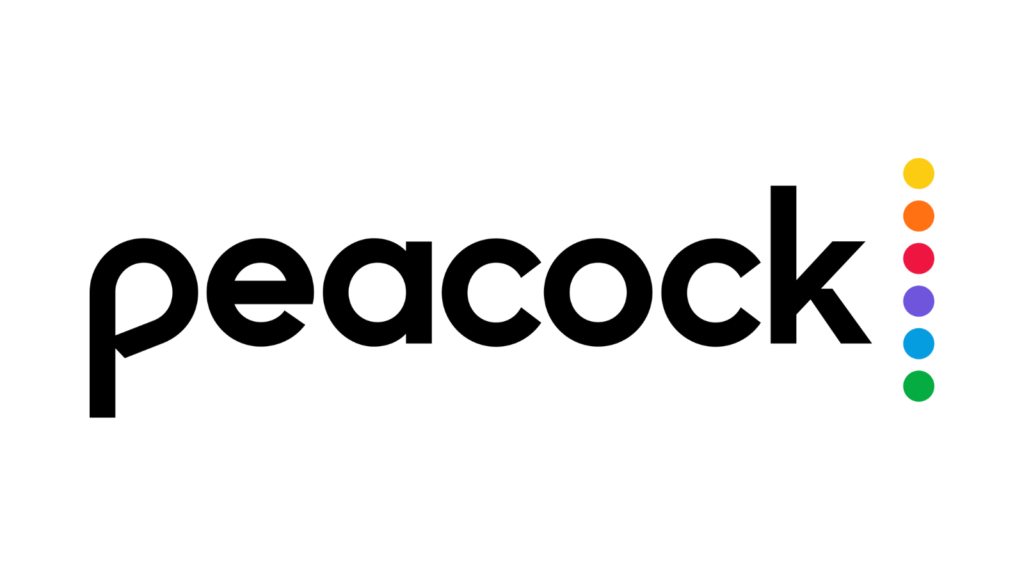It’s been a good few months for Comcast NBCUniversal’s Peacock streaming service, which continues to post impressive growth even though its overall subscriber numbers pale next to its big media peers. This week, NBCU CEO Jeff Shell told the UBS conference that the service has reached 18 million paid subscribers, up 20% in only the last two months and roughly double its subscriber count since the end of 2021. As we’ve outlined before in these pages, Peacock’s recent rise could be the start of a up trend as the service finally starts to leverage the full power of NBCU’s intellectual property. But first, a quick history lesson on how we got here and why Peacock remains smaller than its peers:

Peacock launched in July 2020, largely in response to Disney+ debuting in November 2019 followed by HBO Max in May 2020. The Peacock launch was probably earlier than some execs would have preferred in the sense that NBCU’s one-third stake in established streamer Hulu meant that Peacock couldn’t leverage any of its fresh IP initially because Hulu still had those next-day airing rights. That’s a messy situation that didn’t set up Peacock for early success as originals like “Brave New World” and “Dr. Death” failed to catch fire, perhaps partly because they couldn’t benefit from search-and-discovery algorithms that would have steered fans of other NBCU shows to Peacock’s originals. The lack of next-day NBCU content also depressed overall subscriber counts, although Comcast’s savvy move to package Peacock with Xfinity helped expose the service to millions who might not otherwise have subscribed. Still, not the best marketing situation. That all started to change in March this year when NBCU smartly engineered an early termination of its content-sharing deal with Hulu that kicked in this September, finally giving Peacock next-day airing rights for its own NBC and Bravo shows. At the same time, NBCU moved its long-running soap opera “Days of Our Lives” to stream exclusively on Peacock. After a flat Q2 in which Peacock didn’t grow at all, it’s likely that both of these moves played a big part in boosting Q3’s 15.4% sequential growth to 15 million subs and perhaps even more its recent leap to 18 million subs in only two months. At this pace, Peacock could close out Q4 with nearly 20 million paid subs.
Next? Recent sub growth at Peacock is great news, but NBCU and parent Comcast have a lot to think through in 2023 as they set a long-term strategy. The content spending spree of the last couple years seems to be ebbing considerably across the industry, and the addition of NBCU linear content on the Peacock service likely will create even less of an incentive to spend wildly on risky new original shows. But Peacock still needs to give paying subs more reason to visit than just catching up on linear TV and will likely use its newly empowered marketing muscle to break through the noise. High hopes rest on the April premiere of “Lost” creator Damon Lindelof’s AI sci-fi thriller “Mrs. Davis” and Natasha Lyonne’s comedy “Poker Face,” fresh off of her success with Netflix’s “Russian Doll.” Peacock also isn’t averse to letting go of high-profile shows that couldn’t find an audience, recently offloading well-received Tina Fey-produced comedy series “Girls5eva” to Netflix after two seasons as a Peacock original. The biggest factor affecting Peacock in 2023, however, will be the fate of Comcast’s one-third Hulu stake, which Comcast can force Disney to purchase by 2024 as part of an earlier agreement related to Disney’s purchase of 21st Century Fox assets in early 2019. Comcast CEO Brian Roberts has publicly said he would bid for the entirety of Hulu if it was for sale (although that’s also a smart way to drive up the valuation). Disney CEO Bob Iger, meanwhile, has hinted the company plans to keep Hulu, which after all is a nice home for edgier, off-Disney-brand fare. But if Comcast was able to grab that asset, you have to wonder whether Peacock would survive as a brand, considering that Hulu has more than twice as many paid subs, a legacy of hit originals, and a more visibility. Of course, the more likely scenario is that Comcast takes Disney’s money for its one-third stake, which could amount to a $10-billion-plus payday that Comcast could plow into Peacock content or even smaller acquisitions. Considering Peacock’s recent momentum, a few billion dollars would likely go a long way. But this isn’t 2020. And it’s unclear which direction Peacock will go amid an advertising slump as everyone pulls back on content spending.
